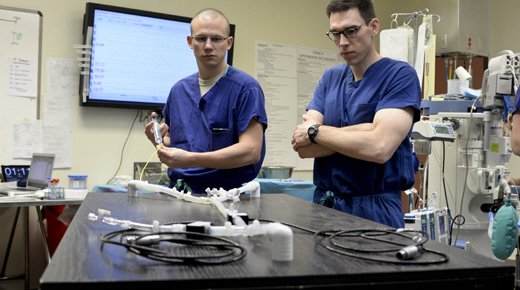“I wish there was a way for the FDA to give me a heads-up about my stuff, prior to submission….”
That sentiment was really the basis behind the U.S. Food and Drug Administration’s (FDA) presubmission tool, as I was discussing recently with medical-device quality assurance and regulatory affiars expert David Amor during a webinar we did on the topic. There is always uncertainty baked into any kind of government submission process, and it’s helpful to companies if there is a way to tackle issues before submitting a 510(K).
|
ADVERTISEMENT |
The FDA presubmission is a way for companies to request feedback from the agency on potential and planned medical device, biologics, and drug submissions. It’s a great service to take advantage of, although we’ve found that it tends to get underutilized.
Let’s take a look at the process and why we think it should be taken up by more medical device companies.
…

Add new comment